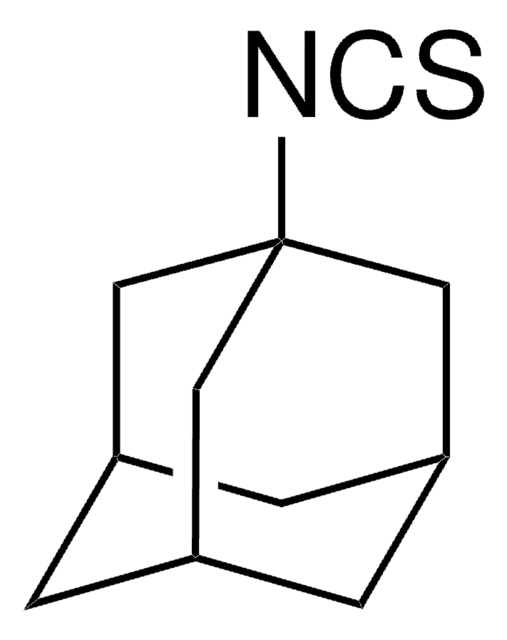190993
Poly(4-methyl-1-pentene)
medium molecular weight
About This Item
Recommended Products
form
solid
melt index
26 g/10 min (260°C/5kg)
impact strength
3 kg.cm/cm2 (Izod, ASTM D 256)
dielectric constant
2.12, 100 MHz (ASTM D 150)
hardness
80 (Rockwell R, ASTM D 758)
refractive index
n20/D 1.463
mp
235 °C
transition temp
softening point 178 °C (Vicat, ASTM D 1525)
density
0.835 g/mL at 25 °C
SMILES string
CC(C)CC=C
InChI
1S/C6H12/c1-4-5-6(2)3/h4,6H,1,5H2,2-3H3
InChI key
WSSSPWUEQFSQQG-UHFFFAOYSA-N
Looking for similar products? Visit Product Comparison Guide
Related Categories
Application
Features and Benefits
Physical form
Storage Class Code
11 - Combustible Solids
WGK
WGK 3
Flash Point(F)
Not applicable
Flash Point(C)
Not applicable
Personal Protective Equipment
Certificates of Analysis (COA)
Search for Certificates of Analysis (COA) by entering the products Lot/Batch Number. Lot and Batch Numbers can be found on a product’s label following the words ‘Lot’ or ‘Batch’.
Already Own This Product?
Find documentation for the products that you have recently purchased in the Document Library.
Our team of scientists has experience in all areas of research including Life Science, Material Science, Chemical Synthesis, Chromatography, Analytical and many others.
Contact Technical Service![Bicyclo[3.3.1]nonan-9-one ≥98%](/deepweb/assets/sigmaaldrich/product/structures/270/852/60661ded-13fb-4fc7-af36-a381880070a5/640/60661ded-13fb-4fc7-af36-a381880070a5.png)







